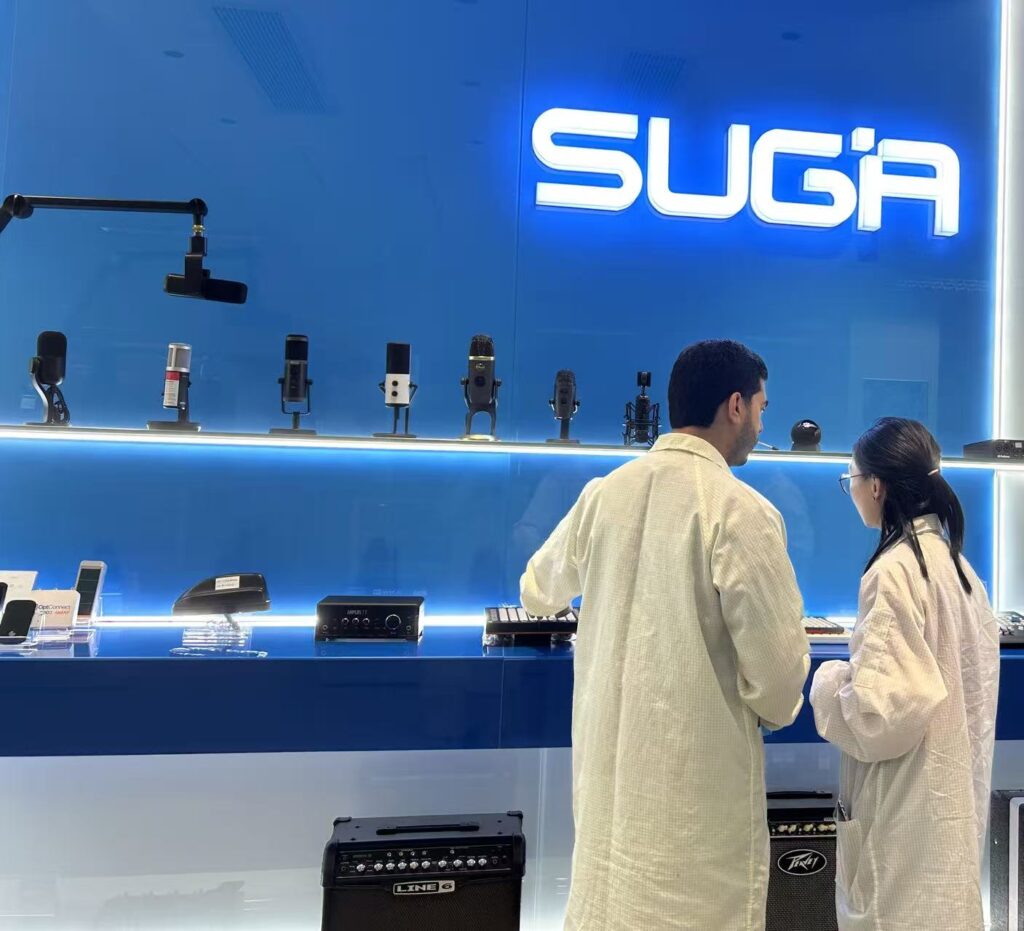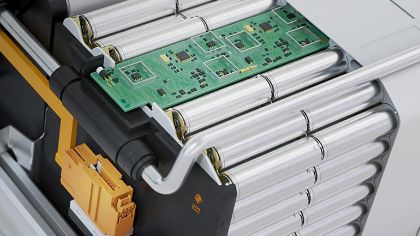PCBA BOX Building: The Final Assembly Stage
PCBA BOX Building represents the crucial final phase in electronics manufacturing. This process involves enclosing a printed circuit board assembly (PCBA) within a protective housing, or “box.” It is far more than just a mechanical step. Instead, it integrates the electronic heart of a product with its physical interface and protection system. Therefore, successful box building ensures the device is not only functional but also durable, safe, and ready for the end-user.
The Process of PCBA BOX Building
The process of PCBA BOX Building includes several key stages. First, technicians carefully install the finished PCBA into the enclosure. They often connect external connectors, switches, or displays at this point. Next, they secure the board using standoffs or screws to prevent movement. After that, they might install additional components like heatsinks or internal shielding. Finally, workers close the enclosure and fasten it, often applying labels or sealing the unit if it requires environmental protection.
Key Considerations in PCBA BOX Building
Several important factors influence the PCBA BOX Building process. Design for manufacturability (DFM) is essential; the enclosure must allow for easy assembly. Engineers must also consider thermal management, ensuring the box dissipates heat effectively. Furthermore, they select materials that provide the necessary strength, weight, and electromagnetic interference (EMI) shielding. The choice of fasteners and seals is also critical, especially for products facing harsh conditions.

Benefits of Professional
Professional print circuit board BOX Building offers significant advantages. It provides robust physical protection for the delicate circuitry against shock, dust, and moisture. A well-built enclosure also enhances electrical safety and minimizes EMI emissions. Moreover, it creates the final product’s user interface and aesthetic appeal. Consequently, this process directly impacts the product’s perceived quality and long-term reliability in the field.
Testing and Final Integration
After assembly, the complete unit undergoes rigorous testing. Technicians perform functional tests to verify the PCBA still operates correctly inside its enclosure. They might also conduct stress tests, such as checking for vibrations or verifying ingress protection (IP) ratings. This final validation step is vital. It confirms that the PCBA BOX Building process was successful and that the product meets all specified requirements before shipment.
Suga has highly advanced BOX Building technology. The entire building of our factory’s Building C is dedicated to the production of BOX Buildings.If you have any such requirements, please contact me at sales3@sugaintl.com.

